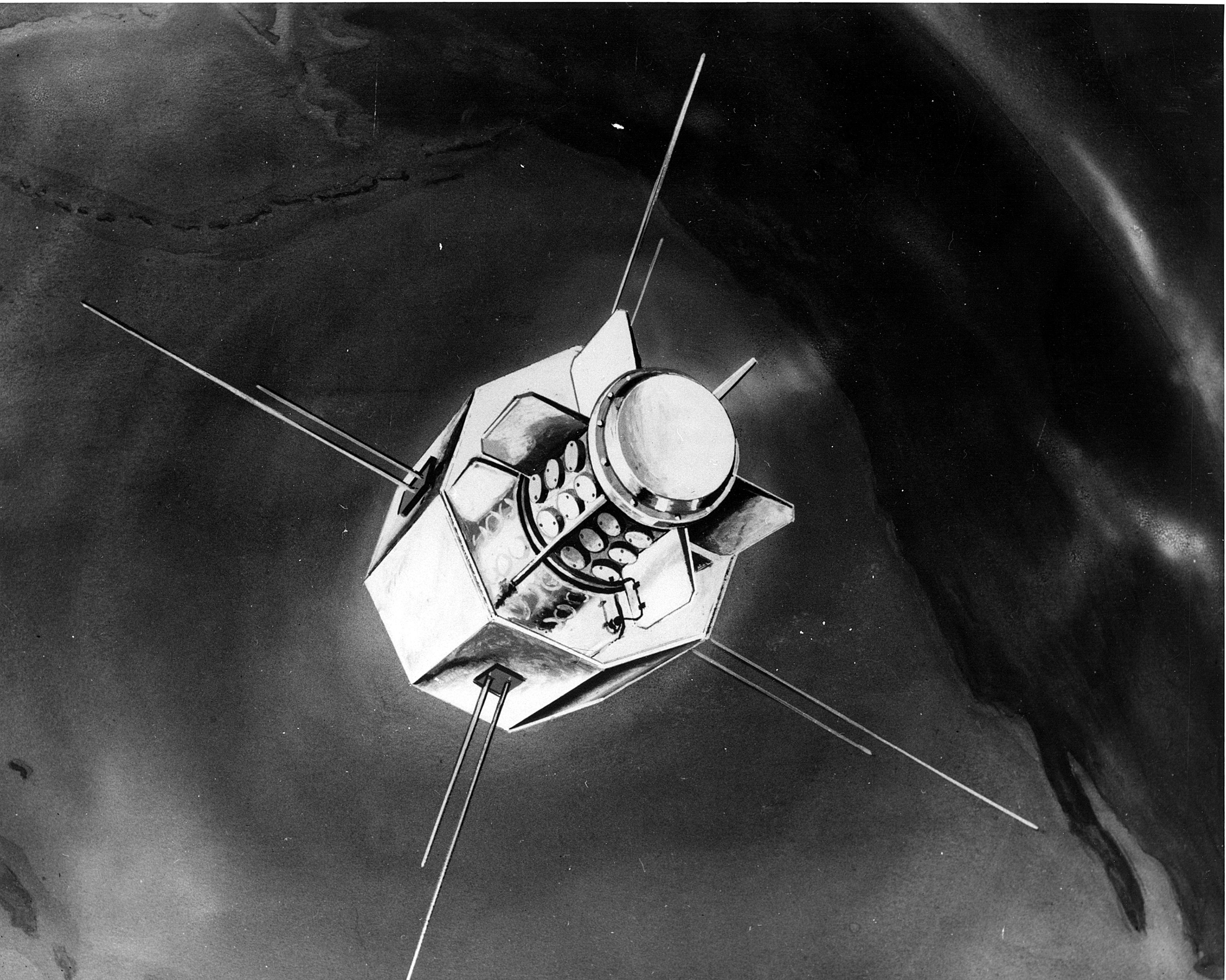“Oblate spheroid”—and no, this isn’t a pop quiz from grade school science; the word has been tossed around for quite some time now to describe the shape of the Earth as a planet. Understandably, our knowledge of the cosmos has expanded in the years since the first astronomers, and we now know more about how planets form than ever before.
Considering all this, it’s no surprise that we expect planets to look roughly the same; after all, everyone within our cosmic neighborhood of the Solar System is just that. All planets within it, from Mercury to Neptune, appear roughly spherical with some imperfections here and there.
Of course, if space is anything to go by, it’s far from predictable. That certainly appears to be the case with new findings published in the journal Astronomy & Astrophysics, which report on a peculiar case of a “hot Jupiter” exoplanet some 1,225 light-years away in the constellation Hercules. This particular exoplanet, called WASP-103b, made heads turn because of its peculiar shape, as data obtained from the Characterising Exoplanet Satellite (CHEOPS) confirmed earlier measurements by the Hubble and Spitzer space telescopes that show it appearing more like a football than a sphere.
“After observing several such so-called ‘transits,’ we were able to measure the deformation. It’s incredible that we were able to do this — it’s the first time such an analysis has been done,” said study co-author and University of Geneva postdoctoral researcher Babatunde Akinsanmi to CNN.
WASP-103b is about 1.5 times the mass of Jupiter, while also being twice as large and twenty (20) times as hot; to the research team, this means the exoplanet is being “inflated” by its parent star, whose readings suggest is 1.7 times larger than our own Sun.
The scientists observing WASP-103b suspect that tidal forces, similar to the ones that cause the regular rise and fall of sea levels on Earth, are responsible for its odd shape. Of course, what we experience here on Earth is nowhere near as strong as those on WASP-103b.
Said lead author Susana Barros, of the University of Porto Institute of Astrophysics and Space Sciences, to ScienceAlert: “If we can confirm the details of its internal structure with future observations maybe we could better understand what makes it so inflated. Knowing the size of the core of this exoplanet will also be important to better understand how it formed.”
The team believes that these future studies of the exoplanet, like with the help of the newly-deployed James Webb Space Telescope, can help bring in new insights into the formation and understanding of “hot Jupiters” like WASP-103b.
In the words of co-author and University of Geneva assistant professor of astronomy Monika Lendl to CNN: “[Future observations] would improve our understanding of these so-called ‘hot Jupiters’ and allow a better comparison between them and giant planets in the Solar System.”
References
- Barros, S. C. C., Akinsanmi, B., Boué, G., Smith, A. M. S., Laskar, J., Ulmer-Moll, S., Lillo-Box, J., Queloz, D., Cameron, A. C., Sousa, S. G., Ehrenreich, D., Hooton, M. J., Bruno, G., Demory, B.-O., Correia, A. C. M., Demangeon, O. D. S., Wilson, T. G., Bonfanti, A., Hoyer, S., … Walton, N. A. (2022). Detection of the tidal deformation of WASP-103b at 3 σ with CHEOPS. Astronomy & Astrophysics, 657, A52. https://doi.org/10.1051/0004-6361/202142196
- CHEOPS reveals a rugby ball-shaped exoplanet. (2022, January 11). The University of Geneva. https://www.unige.ch/communication/communiques/en/2022/cheops-revele-une-exoplanete-en-forme-de-ballon-de-rugby/
- CHEOPS reveals a rugby ball-shaped exoplanet. (2022, January 11). ESA. https://www.esa.int/Science_Exploration/Space_Science/Cheops/Cheops_reveals_a_rugby_ball-shaped_exoplanet
- Howell, E. (2022, January 11). Weird ‘hot Jupiter’ exoplanet is shaped like a football. Space.Com. https://www.space.com/hot-jupiter-exoplanet-football-shape
- Starr, M. (2022, January 17). For the first time, astronomers detect rugby-ball shape of a deformed exoplanet. ScienceAlert. https://www.sciencealert.com/for-the-first-time-we-ve-been-able-to-measure-the-shape-of-a-warped-exoplanet
- Strickland, A. (2022, January 12). How this weird giant planet came to look like a football. CNN. https://www.cnn.com/2022/01/12/world/football-deformed-exoplanet-scn/index.html











